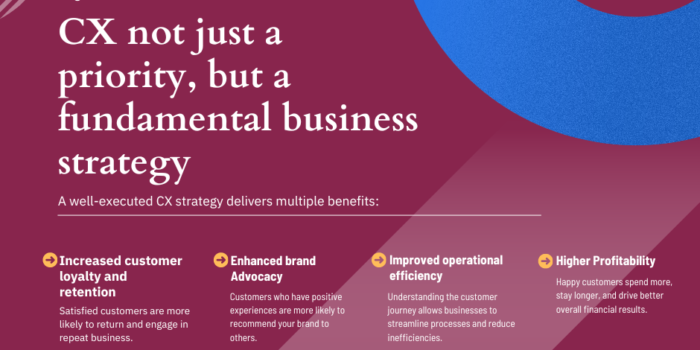Last year, three out of every five orders placed through e-commerce platforms were transported to purchasers in Tier 2 cities and beyond.
As the Indian economy expands, so do customers’ ambitions and purchasing power in Tier 2 cities. These cities have become an important market for firms wishing to increase their reach as e-commerce has grown rapidly. Young aspirational customers in these regions are becoming more adventurous in their purchasing habits, aided by the flexibility and convenience provided by e-commerce. Fashion, cosmetics, and personal care remain important areas. However, businesses focusing on tier two and beyond regions have two key concerns—cash on delivery orders and low average order value.
Growing disposable income is enabling consumers to spend more on non-essential items such as fashion, beauty, and personal care products. Gifts, footwear, apparel, and electronics are among the top shopping categories in Tier 2 cities, which reflects this.
The shifting consumer behavior that is fueling this expansion is one of the major drivers. E-commerce is becoming more and more popular among consumers in Tier 2 cities for their purchasing requirements due to advantages including ease, price, and access to a greater variety of goods. Customers in these cities frequently choose price and robustness over brand recognition and fashion-forwardness. It’s interesting to see how online retailers have tailored their offerings to the particular demands and tastes of customers in Tier 2 and Tier 3 cities.
Order volumes from Tier 2 and Tier 3 cities increased significantly, whereas growth in Tier 1 cities was very minor. Consumers in non-metro areas do not favor internet shopping for everyday necessities like food and toiletries as they do in metro regions.
Tier 3 cities had an increase in their market share of e-commerce from 34.2% in 2021 to 41.5% in 2022, while tier 2 cities saw an increase from 19.4% to 21.4% during the same time. The research also said that the market share of Tier 1 cities decreased from 46.4% in 2021 to 37.1% in 2022. Almost 500 million orders that were handled during the previous two years were the subject of an analysis by a leading software company. Nearly 65% of all orders were placed in Tier 2 and Tier 3 cities, which grew more quickly than in other locations.
However, businesses wishing to enter this market must be mindful of the distinct tastes and demands of consumers in Tier 2 cities.

Offer localized products and services:
Due to the distinctive cultural preferences found in Tier 2 cities in India, businesses must provide goods and services that are catered to their customer’s particular tastes and preferences. They can accomplish this by performing market research and compiling information on regional consumer preferences and buying habits.
Create an omnichannel presence:
To reach clients in tier 2 cities, businesses should use both online and physical channels. To accommodate customers who do not have access to digital payment systems, this may entail opening physical storefronts or kiosks, forming partnerships with regional retailers or distributors, and providing a variety of payment choices.
Focus on affordability:
Businesses should concentrate on affordability because customers in tier 2 cities could have less spending power. Companies can achieve this by delivering items at reduced price points or by giving clients access to financing alternatives, which makes purchases more feasible.
Invest in logistics and supply chains:
To service customers in tier 2 cities, businesses must have a strong infrastructure for logistics and supply chains. This may entail collaborations with regional distributors and logistics companies as well as financial investments in last-mile delivery systems.
Establish trust and credibility:
Consumers in tier 2 cities may be less familiar with e-commerce and hence more cautious to make online transactions. Companies may demonstrate their dependability and reputation by providing exceptional customer service, issuing guarantees and warranties, and leveraging consumer reviews and ratings.
To summarise, the expansion of e-commerce in Tier 2 cities represents a big potential for firms seeking to extend their presence in India. Businesses, on the other hand, must be aware of the specific demands and preferences of consumers in these cities and modify their strategy appropriately. They would be able to tap into this fast-developing market and create more growth in the Indian economy as a result.
For more industry-based and global market intelligence-related insights, reach out to our experts at Knometrix.






 Market Research
Market Research Consumer Research
Consumer Research Industry Research
Industry Research Market Entry Strategy
Market Entry Strategy Feasibility Studies
Feasibility Studies Product Research
Product Research User Research
User Research Automobile & Mobility
Automobile & Mobility Banking and Finance
Banking and Finance Consumer Products & FMCG
Consumer Products & FMCG Ecommerce & Retail
Ecommerce & Retail Industry & Manufacturing
Industry & Manufacturing Government & Public Sector
Government & Public Sector Industry Associations
Industry Associations Technology & Software
Technology & Software Venture Capital & PE
Venture Capital & PE Consulting & Advisory
Consulting & Advisory India Entry Market Research
India Entry Market Research Innovation Consulting
Innovation Consulting KX Market Radar
KX Market Radar Business Model Development
Business Model Development Gen Z Navigator
Gen Z Navigator